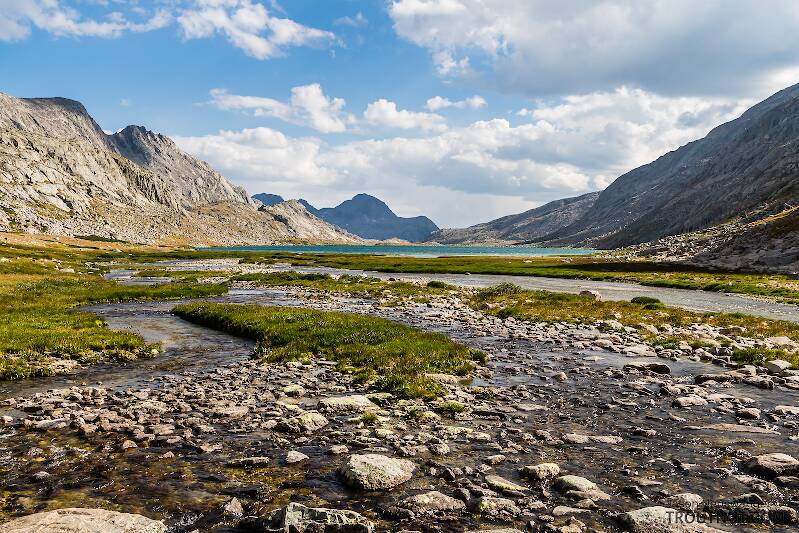
Hex Mayflies
Hexagenia limbata
The famous nocturnal Hex hatch of the Midwest (and a few other lucky locations) stirs to the surface mythically large brown trout that only touch streamers for the rest of the year.


Mayfly Species Arthroplea bipunctata
Where & when
In 11 records from GBIF, adults of this species have been collected during June (45%), July (27%), and May (27%).
Species Range
Physical description
Most physical descriptions on Troutnut are direct or slightly edited quotes from the original scientific sources describing or updating the species, although there may be errors in copying them to this website. Such descriptions aren't always definitive, because species often turn out to be more variable than the original describers observed. In some cases, only a single specimen was described! However, they are useful starting points.
Male Spinner
Wing length: 8 mm
Head deep dark brown; clypeus hyaline. Thorax deep dark brown. Fore femur deep brown; tibia pale brown; tarsus dirty whitish. Basal fore tarsal joint about 2/3 the length of the second. Middle and hind legs dull yellowish; median and apical dark spots on femora; tarsal joinings and claws dark brown. Wings hyaline; a faint brownish stain at extreme base, much as in Choroterpes basalis. Longitudinal veins pale brown; cross veins colorless, indistinct except in the apical costal area. Abdominal tergites deep blackish brown; sternites somewhat paler, posterior margins narrowly dull whitish, “this color on the rear segments extending to the lateral portions of the dorsum” (McD.). Tails whitish, joinings narrowly dark brown. Genitalia as in fig. 112.
Start a Discussion of Arthroplea bipunctata
References
- Needham, James G., Jay R. Traver, and Yin-Chi Hsu. 1935. The Biology of Mayflies. Comstock Publishing Company, Inc.
Mayfly Species Arthroplea bipunctata
Species Range
Resources
- NatureServe
- Integrated Taxonomic Information System
- Global Biodiversity Information Facility
- Described by McDunnough (1924)

